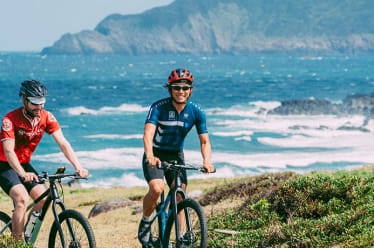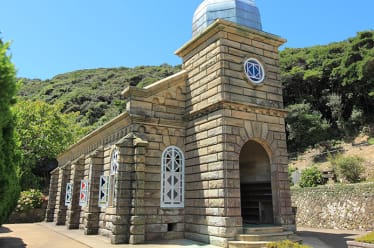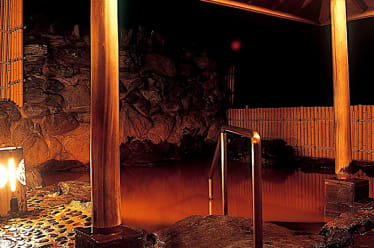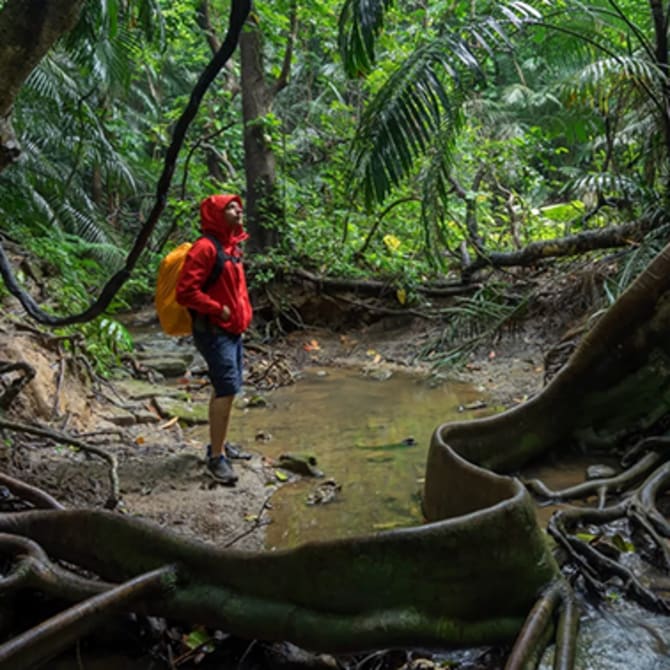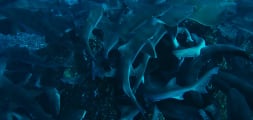
Nagasaki Diving Guide
Nagasaki is a prefecture of Japan located on the island of Kyushu. Bordering Saga Prefecture on the east and predominantly surrounded by water, it also includes a large number of island groups, including the dynamic islands of Goto, the “five-island archipelago.”
The history of Nagasaki is tied to that of Christianity in Japan. Some of the locals are descendants of Christians who came to their faith when Portuguese missionaries brought Christianity to Japan in the late 16th century when practicing Christianity was forbidden in Japan. The islands now have several prominent Catholic churches, the oldest being the Dōzaki Church, built in 1868.
In addition to its historical significance, Nagasaki also offers many excellent diving locations, from the calm Omura Bay to Tatsunokuchi, located 30 min. from Nagasaki City. However, it is the Goto Islands that truly make Nagasaki a diving destination. The Tsushima Current (a branch of the Kuroshio) passes around the islands, making a unique ecology with both tropical and cold-water marine life that is great for drift diving. Most diving areas are within 20 minutes from the boat harbor, but boats do not usually return after each dive, ensuring that you can get the most out of each excursion. The best diving season is from September through October, with a high visibility of over 15 meters. In other months, visibility hovers around six to eight meters due to the amount of plankton in the water.
What you can see
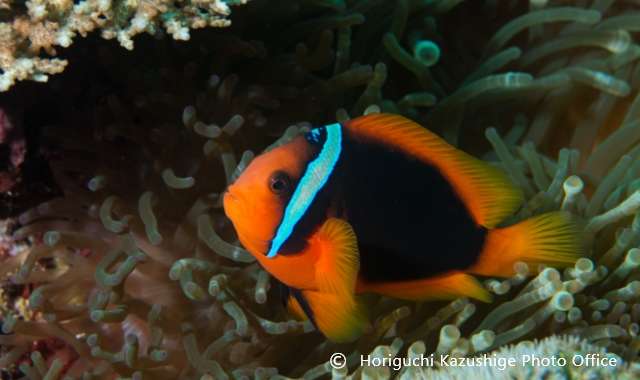



Season Calendar for Divers
Diving Areas
Tatarajima Ura (Max depth 30m)
This spot, abounding with beautiful soft coral and giant sea fans, is the number one diving area recommended by local dive guides. You will dive in from an entry point between 5 to 10 meters deep and be guided through rocky terrain over hard and soft coral reefs while being greeted by stripe beakfish and Japanese spiny lobsters.

Yaneojima Island (Max dept 30m)
Yaneojima boasts a dynamic terrain to explore, beginning with a large crevasse formed by a large rock formation. While drift diving, you can enjoy the sight of the local marine life dwelling between the boulders and the beautiful soft coral colonies. There is also a good chance of coming across giant schools of chicken grunts and mackerels.

Tatara Bay (Max depth 14m)
This diving location is located inside a bay, protected from bad weather and rough ocean conditions. It is a shallow site but an ideal diving location if you prefer safe and comfortable diving in all conditions. In the center of the bay is a large body of hard table coral, which is home to many smaller marine animals. During the months between July and September, you have a good chance of encountering thousands of chicken grunts.

Soft Coral (Max depth 30m)
This diving location visits the beautiful soft coral colonies. After diving down below 20 meters, you will find colonies of soft coral, which are at their most colorful from May through October.

Wreck Diving (Chinsen) (Max depth 40m)
This diving location offers an exciting wreck diving experience—but only for experienced deep-water divers. Although the history of this 100-meter cargo wreck is not entirely clear, it is said to be from a cargo ship that sank in the 1950s. From the rear, you can enter about 15 – 20 meters into its hull. The wreck is surrounded by a large school of fish all year round.
How to get there
Fly to historic Nagasaki and its diverse islands
Nagasaki is a popular destination for many tourists in Japan, divers and non-divers alike. The Nagasaki airport is only a couple of hours from Tokyo and Osaka, and once you get to Nagasaki you can take a ferry to the surrounding islands. Kyushu Shosen offers ferry services from Nagasaki and Sasebo to the Goto Islands.





















































